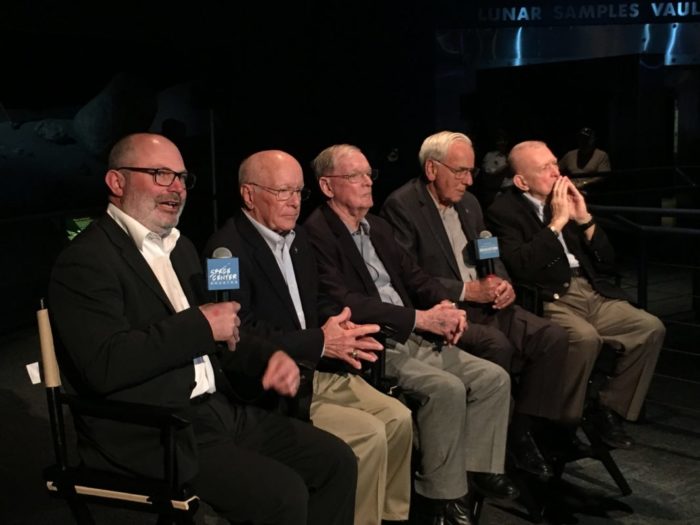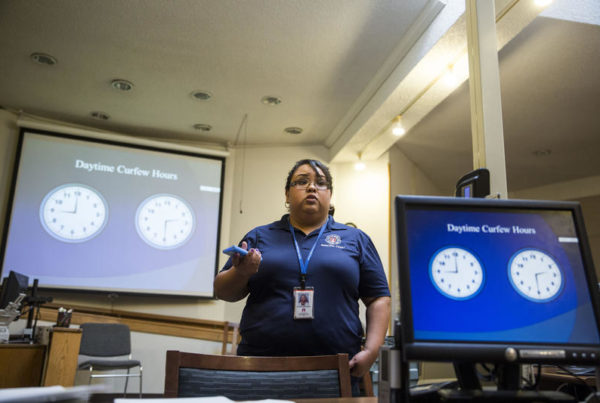From Houston Public Media:
“Mission Control: The Unsung Heroes of Apollo” doesn’t tell the story through the eyes of astronauts, as usual, but through the eyes of the flight controllers at Johnson Space Center. Apollo Flight Director Gerry Griffin says the moon landing happened because of the support they felt from leadership.
“We had people, starting with John F. Kennedy and then two other presidents during Apollo, and all the way down — both sides of the aisle at Congress — they backed us. They were committed. So with leadership and commitment, you can do something like go to the moon. And frankly, we haven’t had that.”
Apollo Flight Director Gene Kranz:
“And this was at a time when our country had many of the same problems that we have right now. And our nation stepped up to accept the challenge — not only to go to the moon, but win the battle for space. And this was a group of unsung young people who sat at the consoles and made it happen.”
Retired flight controllers were on hand for the premiere of the movie at Space Center Houston. Its release coincides with the launch of a fundraising campaign to help restore Mission Control to its original state during the Apollo program. A great deal of trust was placed on the work of these flight directors. One of them was Glynn Lunney, who says that trust helped form a team.
“Our leaders trusted us to do things. ‘We trust you guys. You do what you have to do and we’ll back you up.’ And that’s the way it was, and we worked hard for them. When you get trust like that, you work very hard to be sure you’ve earned it.”
Director David Fairhead says decisions made in the political environment of the 60’s ultimately made his filmmaking job easier.
















